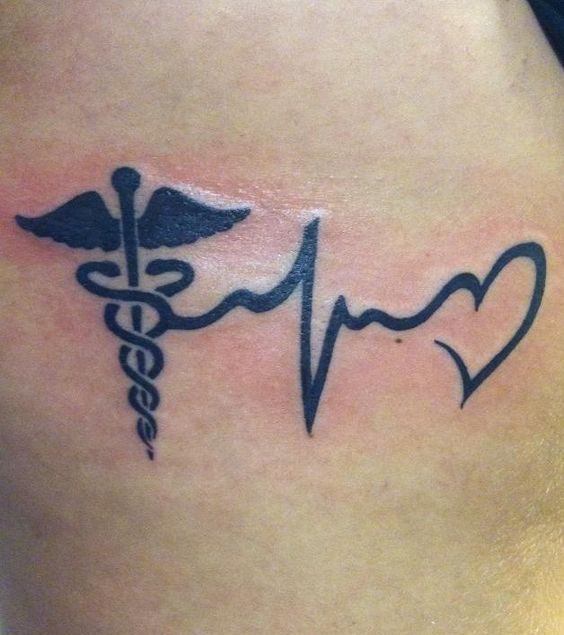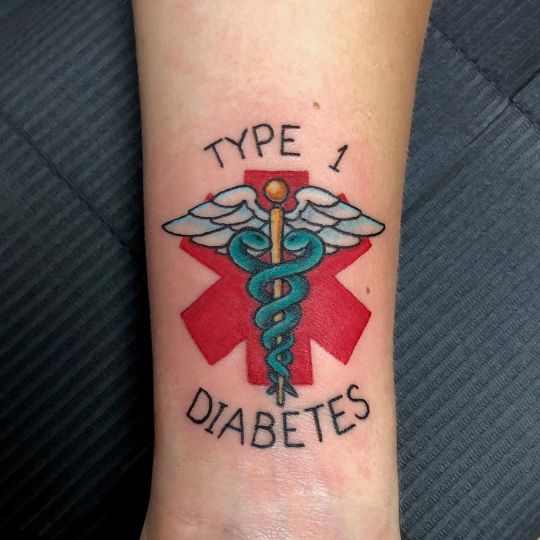The Underrated Yet Essential Purposes Of Medical Tattoos
In recent years, tattoos have transcended mere trends, becoming a mainstream form of self-expression for a diverse array of individuals. However, amidst the vibrant world of body art, a subset of tattoos serves a vital purpose beyond aesthetics—the realm of medical tattoos.

Radiation Therapy
Unlike the increasing popularity of tattoos in everyday life, medical tattoos are designed with a specific function in mind. They play a crucial role in various medical contexts, aiding in treatments and offering emotional and psychological support for patients. For cancer patients undergoing radiation therapy, medical tattoos mark precise spots where treatment is administered, ensuring accuracy and consistency during multiple sessions.
Breast Cancer Recovery
In the realm of breast cancer recovery, medical tattoos take on an artistic and reconstructive role. Post-mastectomy and breast reconstruction, tattoos are utilized to restore the appearance of the areola and nipple, providing a viable alternative to additional surgical procedures. Some people even opt for decorative breast art as a form of self-expression.
Pigment Restoration
Beyond cancer treatments, medical tattoos serve diverse purposes, including pigmentation restoration for conditions like vitiligo. Tattoo artists skillfully match pigments to a client’s original skin tone, concealing white patches caused by vitiligo or other pigment-related conditions. Similarly, paramedical tattoos offer a solution for concealing scars, surgical stitches, burns, and stretch marks, promoting psychological recovery from traumatic events.
Medical Alerts
Medical alert tattoos provide critical information in emergency situations, acting as an alternative to traditional medical alert bracelets. Illnesses like diabetes, heart disease, and epilepsy can be communicated to healthcare professionals through these strategically placed tattoos. In military contexts, soldiers often ink critical information, akin to dog tags, on their torsos, offering a practical and permanent identification solution.

Despite the evident benefits, navigating insurance coverage for medical tattoos can be challenging, particularly for procedures labeled as cosmetic “cover-ups.” While federal laws mandate coverage for post-mastectomy reconstructive procedures, such as areola and nipple tattooing, many still face complications, delays, and out-of-pocket expenses.
Nevertheless, the transformative impact of medical tattoos on patients’ confidence, mental health, and body image cannot be overstated. As the tattoo artist Friday Jones beautifully articulates, the process allows individuals to see themselves as sculptures, and works of art, marking a powerful journey towards healing and self-acceptance. In the intersection of art and medicine, medical tattoos stand as poignant symbols of resilience, restoration, and the profound connection between looking good and feeling good.
